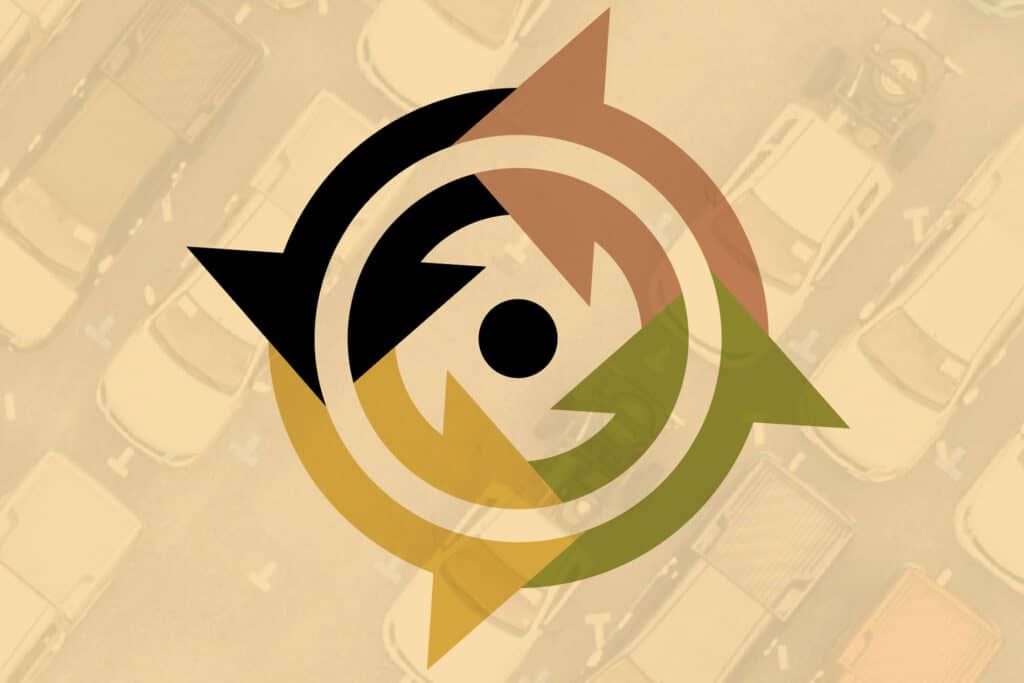Timeline of a Successful Parking Technology Implementation
2017
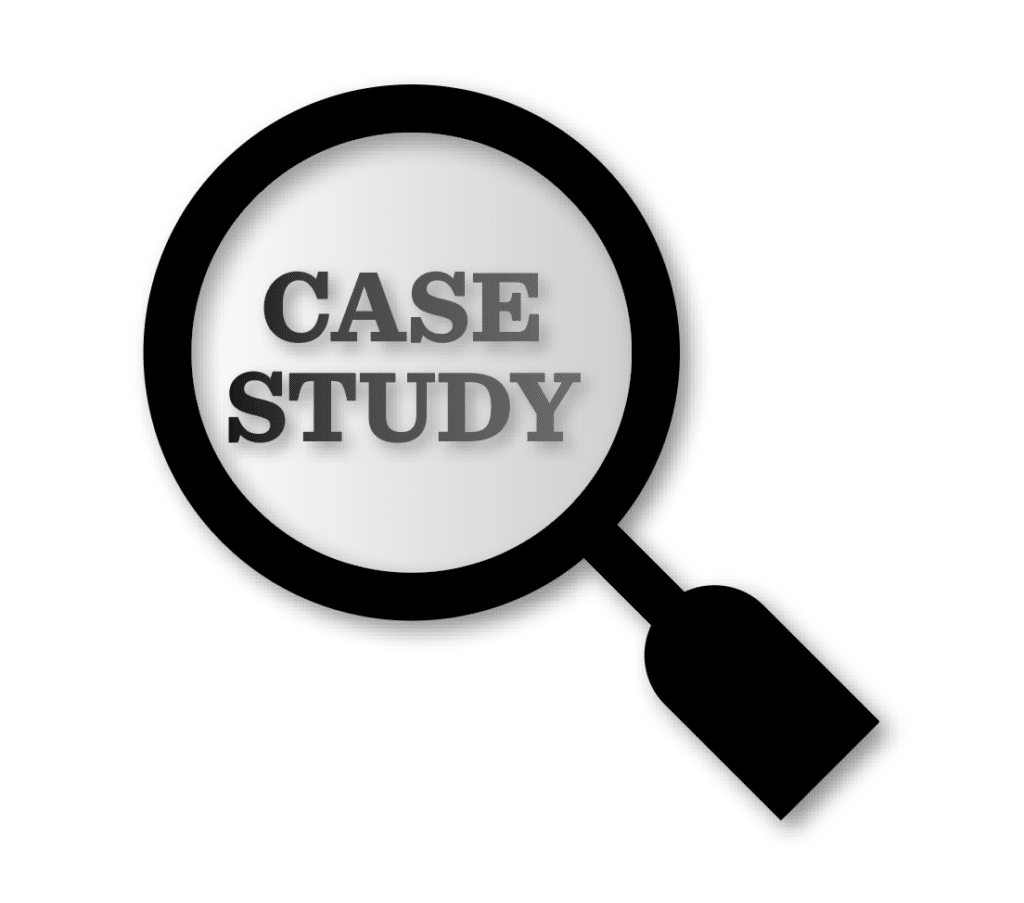
“We like to be on the cutting edge.” As I heard those words during my second-round job interview with North Carolina State University’s (NC State) Director of Transportation and her Assistant Director for Parking Services, I did not realize I was hearing eight words that would redefine my career. It was during that lunch at a local Italian restaurant on May 3, 2017, that I got a clear picture of the NC State vision for the future of parking: data should support all decision making, customers should not wait days or weeks to receive parking permits, technology should be maximized to increase efficiency—and I was in for a challenge!
The conversation helped earn me a new job and served to lay the foundation for implementing license plate recognition (LPR), integrating virtual permits, and ultimately transforming the whole of how the parking services department operated.
North Carolina State University (NC State) is a land grant university in Raleigh, North Carolina. Our office, NC State Transportation, manages 20,000 parking spaces, shared between permit-required and pay-by-plate locations, within 174 unique parking locations including nine parking decks. Each year our office sells approximately 8,000 employee and 11,000 student parking permits.
Today, we rely exclusively on virtual parking permits enforced by license plate recognition installed on nine mobile patrol units and 14 fixed locations. But that was not always the case, and following is the timeline of activities that brought us to where we are today.
July 2017 to June 2018
We began our transition with research. During this period, we realized that our interest and investment in LPR was different from other institutions. When discussing LPR with our peers or reviewing case studies, most of the emphasis seemed to be placed on revenue gains from increased permit enforcement or staff reductions. Often, the projected increase in citation revenue justified the expense of adding LPR to a parking operation. We knew this was not our reasoning for making the jump – our focus was, and is still today, directly aimed at efficient parking management. Our goals were to simplify the customer’s experience, increase our parking permit sales, and expand our enforcement presence.
Our office introduced LPR and virtual parking permits during a one-year period between July 2017 and June 2018. We adopted a phased-in approach, which allowed us to slowly introduce LPR to our customers, resolve any technical issues, and develop new policies relating to the use and storage of the digital data collected.
Although our long-term goal was to eliminate physical permits, we used both physical and virtual permits during this initial test period. In July 2017, we unveiled two mobile LPR patrol vehicles. Rather than purchasing new vehicles, we up-fitted two Toyota Prii (the plural of Prius) vehicles from our existing fleet. After two days of training, our officers were actively patrolling campus using LPR.
Obstacles to Success
Immediately our officers identified our first obstacle—inaccurate vehicle information associated with parking permits. Although our customers were required to include vehicle information when purchasing parking permits, there was not a mechanism in place to ensure accuracy. Enforcement officers operating LPR would receive dozens of “hits” (vehicles out of compliance) while patrolling campus because our customers had not updated their parking accounts during the annual renewal period, or throughout the year if vehicles were purchased or sold. We quickly learned that customers did not have a reason to update or ensure that parking account information was accurate because the physical permit validated parking.
To address this issue, enforcement officers maintained a list of “permit problems” shared with our customer service staff. Customer service representatives would investigate accounts: deleting old vehicles, correcting transposed characters, and contacting permit holders with instructions to update their permit accounts with the correct vehicle information. This clean-up initiative was our first true introduction to a key benefit of virtual permits: accountability. While investigating vehicle ownership, staff identified several situations where customers were actively exchanging, selling, or sharing permits. We also met our goal of increasing our enforcement during this test period. Campus colleagues would frequently call to report that they saw “one of our little cars driving around,” and often added with a tone of astonishment, “I don’t think I’ve ever seen an officer in this lot before.”
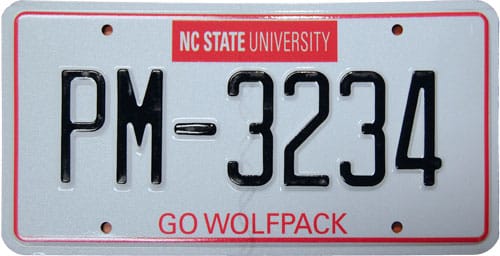
- After completing three months of testing, we identified the following concerns that required attention prior to our July 1, 2018, roll out:
- Accuracy of vehicles listed on permits. Permit holders need to update accounts with accurate information.
- Do we address permit trading and selling by limiting the number of vehicles per permit?
- LPR is only effective when there is a license plate to scan. North Carolina does not provide front license plates; do we require head-in parking?
- Concurrent parking—how do we accommodate partners, couples, and spouses who share vehicles?
- License plate physical condition affects readability. Characters on older plates are faded, red text does not read well, and characters may be misread (examples D as 0, 8 as B, S as 5).
- How do we share the benefits of LPR with our customers?
- Geo-fencing—how tightly may we adjust the virtual boundary between two adjacent permit locations?
- Departmental buy-in:
- Enforcement officers who used to walk outside all day are now sitting in a vehicle for six to seven hours a day.
- Officers are receiving “hits” with every other vehicle scan. The technology is solid, but our account data is not accurate. The perception is this is not working.
- Lift gates, bike racks, spare tires all impede the ability to read license plates.

As we continued our testing, it was clear that the benefits of license plate recognition integrated with virtual permits far outweighed any concerns:
- Accurate occupancy counts.
- On-demand occupancy reports, dispatching patrol vehicles at any time of day or week to complete occupancy counts.
- Employee accountability: prior to LPR, officer’s productivity was measured by the number of citations issued. With LPR, a manager may monitor vehicle position, lots patrolled, and the number of vehicles scanned.
- Department is no longer limited by the physical permits on hand.
- New permits may be created and distributed in minutes.
- Permit exchanges occur online.
- Impossible to deplete a virtual inventory.
- Increased communication identifying VIP vehicles.
- Permit holder accountability, no more lost or damaged permits.
- Temporary parking permits, gate access, or increased parking permission may be granted immediately in real time.
- Reduce permit printing and shipping budget.
- Virtual permits are not mailed to an old or incorrect address.
- Officer presence in every lot, every day.
- Virtual permits do not get lost in the mail.
Building User Confidence
After our initial tests, we were convinced that we made the correct decision to invest in virtual permits managed in the field using LPR. Our next order of business was convincing our customers. To prepare the campus community for our transition to virtual permits enforced by LPR, we sponsored town hall presentations, developed a marketing campaign including print, web, and video demonstrations, and facilitated outreach meetings with employee and student organizations across our three campuses. Through these initiatives, we learned that our customers were skeptical; moving to virtual permits is a big change. We also learned that our customers did not have the appetite to support the head-in parking requirement, which is necessary when vehicles are only issued a rear license plate. As stated earlier, LPR is only effective if the camera has something to read. One student stated that it was their constitutional right to back into a parking space, as it was a form of personal expression. It was obvious our students, peers and departmental permit holders were not pleased with requiring vehicles to head-in park.
Thankfully, we were not alone in North Carolina. Our colleagues at UNC Charlotte developed a front plate vanity program a few years earlier for their patrons who preferred back-in parking. Utilizing their specifications, we developed our own NC State University vanity front plate. For $5, patrons may purchase a vanity front license plate with the matching alpha numerics of the state-issued rear license plate.
Between January and June 2018, we up fitted the balance of our enforcement fleet with LPR and installed 14 fixed cameras throughout our campus. Our fixed cameras are integrated into our gate control system, providing access for approved permit holders and service vehicles.
July 2018
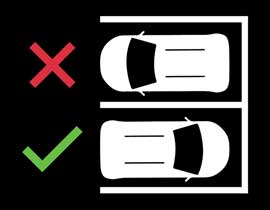
We officially transitioned to virtual permits for all employees and students on July 1, 2018. A year of preparation, testing and planning had paid off: the technology worked. Sigh of relief, right? Not exactly.
Although we advertised head-in parking, our patrons did not remember. Nor did head-in parking resonate with campus visitors or new employees and students. Although we requested that patrons update vehicle information, not everyone did. Not everyone recognizes the difference between “0” and “O” which is just one of many data entry challenges. While today it is second nature for all our patrons, in the beginning logging into a parking account to change vehicle information instead of merely peeling a sticker from a vehicle’s windshield was perceived as a major inconvenience.
Take the Time to do it Right
Overall, our transition to license plate recognition and virtual permits was a success because we did not rush the process. We took the time to test equipment, and we evaluated successful license plate read rates at different driving speeds and proximity to parked vehicles. We tested the difference between operating one or both cameras on a patrol vehicle. We measured turning radii and calculated the distances between adjacent permit areas to ensure geo boundaries were accurate. We stood outside for hours watching vehicles drive through gates. We witnessed patrons cringe as they approached gates, uncertain if the gate arm would raise. Instead of asking staff, “Can you hear me now?” we asked, “did LPR see that plate?” Most importantly, we responded to feedback from our customers and never discounted their complaints.
Over the course of a year, we changed everything that our patrons knew about parking on campus. We just asked them to trust us. During the first year, we distributed dozens of special hangtags with embedded RFID tags to patrons who stated that our new system did not work, and gates would not activate for them. As we refined LPR camera configurations and patrons adjusted their driving styles, we slowly deactivated those special hangtags. We did not communicate the change to those customers, and they never called to complain that they could not access campus. Occasionally we will see one of those deactivated hangtags displayed on a customer’s vehicle.
July 2018 to March 2020
Between July 2018 and March 2020, we continued to explore the benefits of LPR and virtual permits, including transitioning all our special events and summer programs to virtual platform. We bolstered our credibility with campus partners by defending our decision using data cultivated from LPR.
And Then…COVID.
The most substantial change to our permitting philosophy occurred after our return to campus from the COVID-19 shut down. Our traditional annual virtual permit was not meeting the needs of our employees, and office permit sales were complicated by facemasks, Plexiglas shields, social distancing, and physical barriers. We recognized that we were not meeting the needs of our customers, and change was needed. We took several steps to counter the challenges.
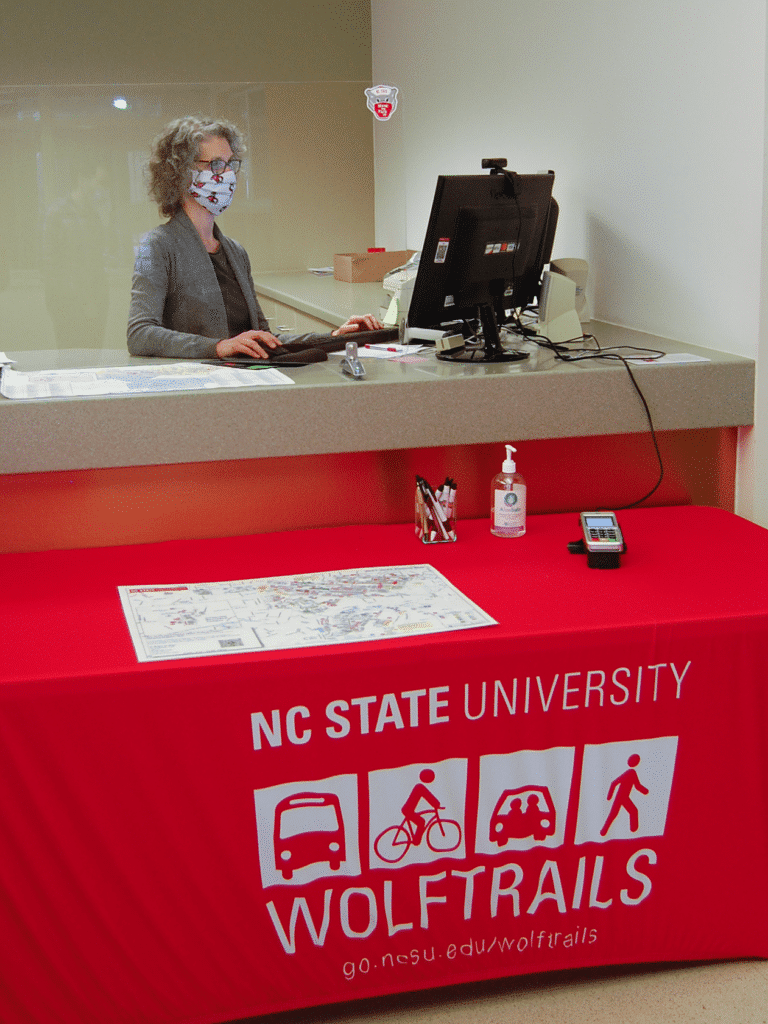
First, we converted our contractor permits to our online portal. Prior to COVID, contractors purchased virtual permits in our office, providing vehicle information to our customer service representatives. Shifting to online sales allowed any contractor working at NC State the ability to purchase a daily or monthly permit through our online portal. For some of our larger contractors, we created custom virtual parking permits which they shared with their subcontractors. These new online options provide our contractors with the flexibility to purchase at their convenience without the hassle of waiting in line on a Monday morning.
Next, recognizing that employees wanted more flexibility with parking, our leadership team created a new daily three-tier permit pricing structure based upon location. Any employee without an annual parking permit may purchase a daily or monthly permit on-line. The new daily permits were priced at $2, $4, or $6 per day. Prior to COVID only a select number of employees could purchase daily permits online. Today, all employees have this option.
For our non-permit customers, we converted all our pay lots to pay-by-plate locations by removing our gate arms and ticket dispensers. We also increased the number of available pay- by-plate locations across our three campuses.
Today
The use of virtual permits allows us to address the changing parking demands of our students. In a matter of minutes, our Parking Services Manager can create a new virtual permit with specific parking permissions and contact eligible customers via email. Most recently, we depleted a resident wait list by creating an “overflow” residential permit valid in a commuter parking deck. Staying true to our efficient parking management principle, our leadership team identified an opportunity, reviewed parking occupancy reports gathered from LPR, analyzed this scenario, and ultimately decided to meet the demand for additional parking with a new permit type.
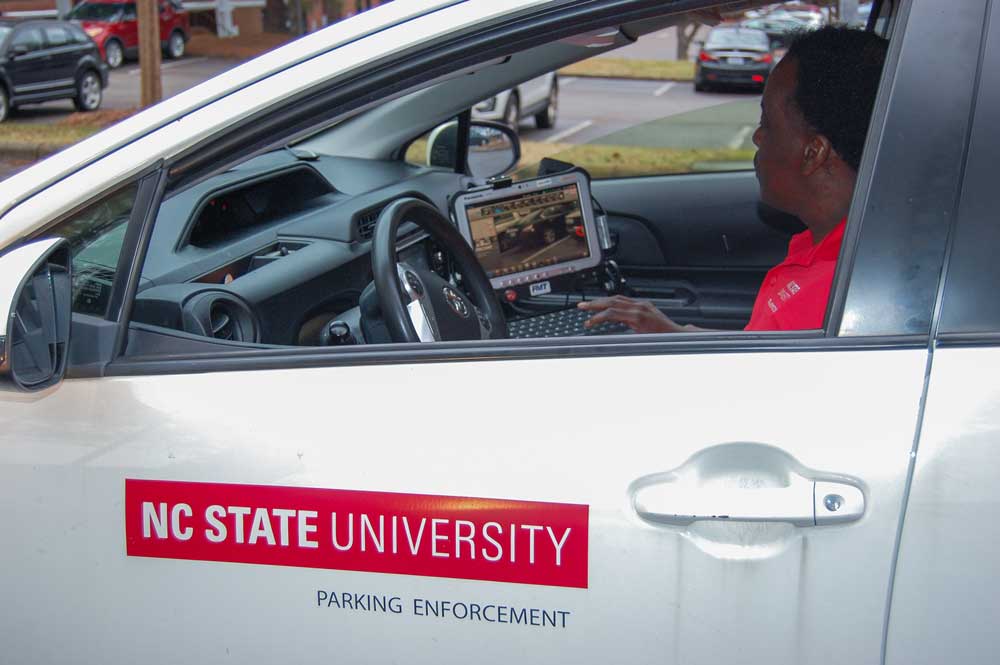
Using our event permit module, we can create an infinite number of custom parking permits. Although our vendor refers to the permit program as the “event module,” we use this product to generate custom virtual permits for any event or activity that does not meet the criteria of a traditional virtual parking permit. Examples include volunteers assisting with COVID support operations, students displaced by an off-campus apartment fire, or staff working at an early voting site.
Like most parking agencies, 2020 was financially a devastating year for us. We are fortunate that we rebounded. While our student commuter oversell is exceeding 30%, our commuter deck occupancy is barely 75%. Although the variety of employee permit options far exceed any previous year, our overall employee revenue is less than previous non-COVID years. However, we weathered the COVID storm. For the first time in 23 months we are fully staffed, we are profitable, we are active participants in a master plan, and we will begin construction on a 454-space surface parking lot in the coming months. We are excited about the future of parking on our campus and look forward to using the lessons and technology we have learned through the last five years to continue serving our campus community.

